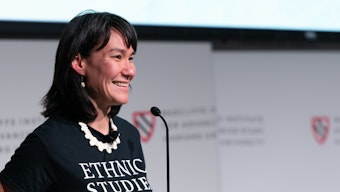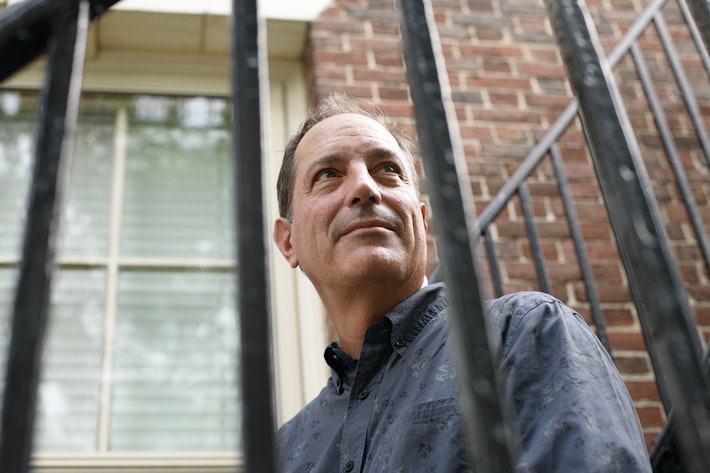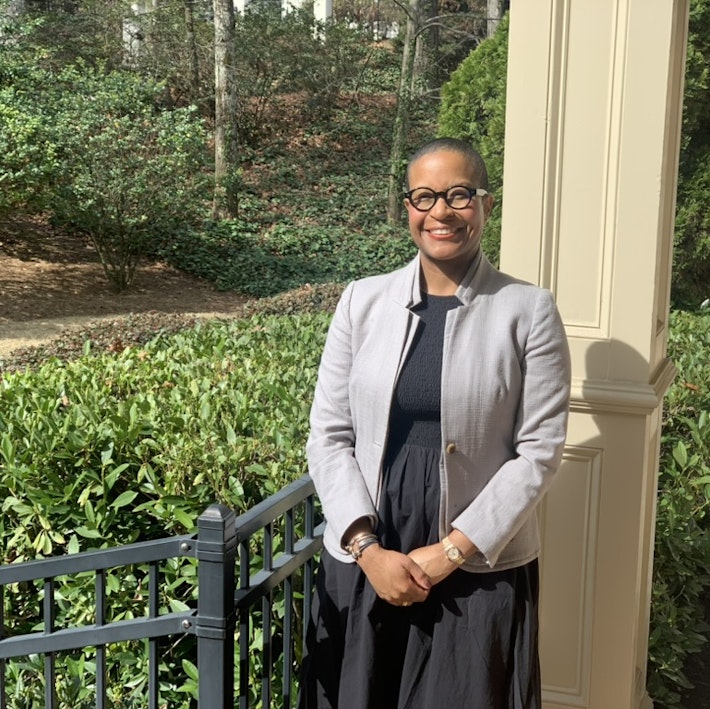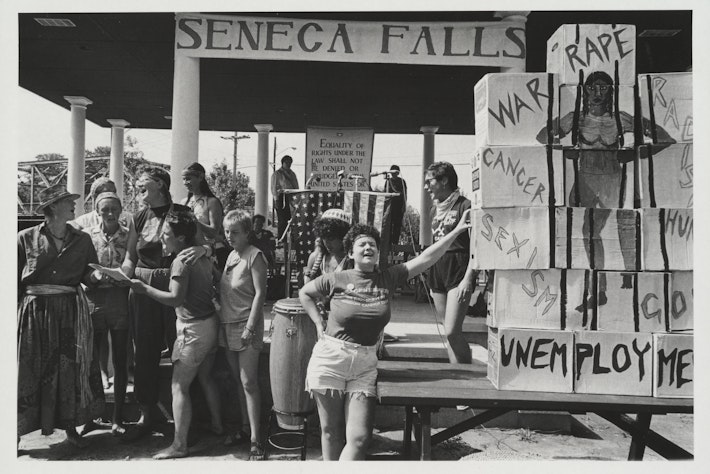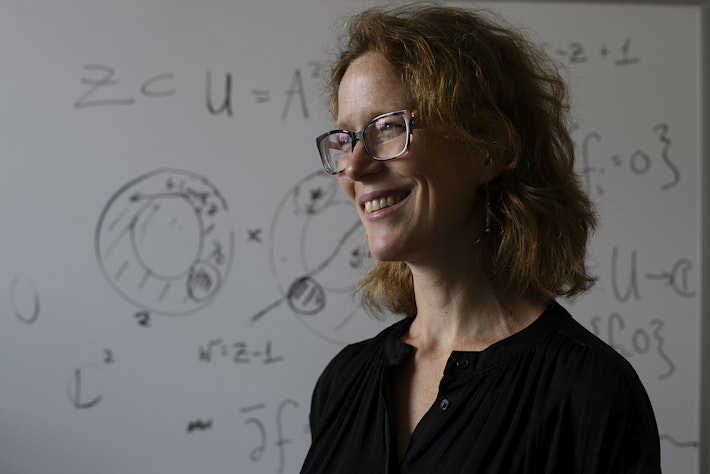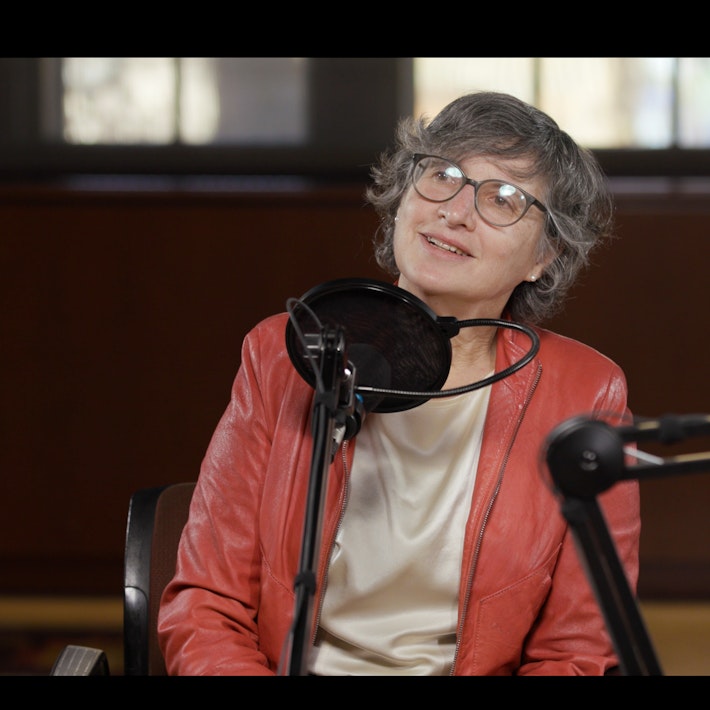A Grounding Poetry
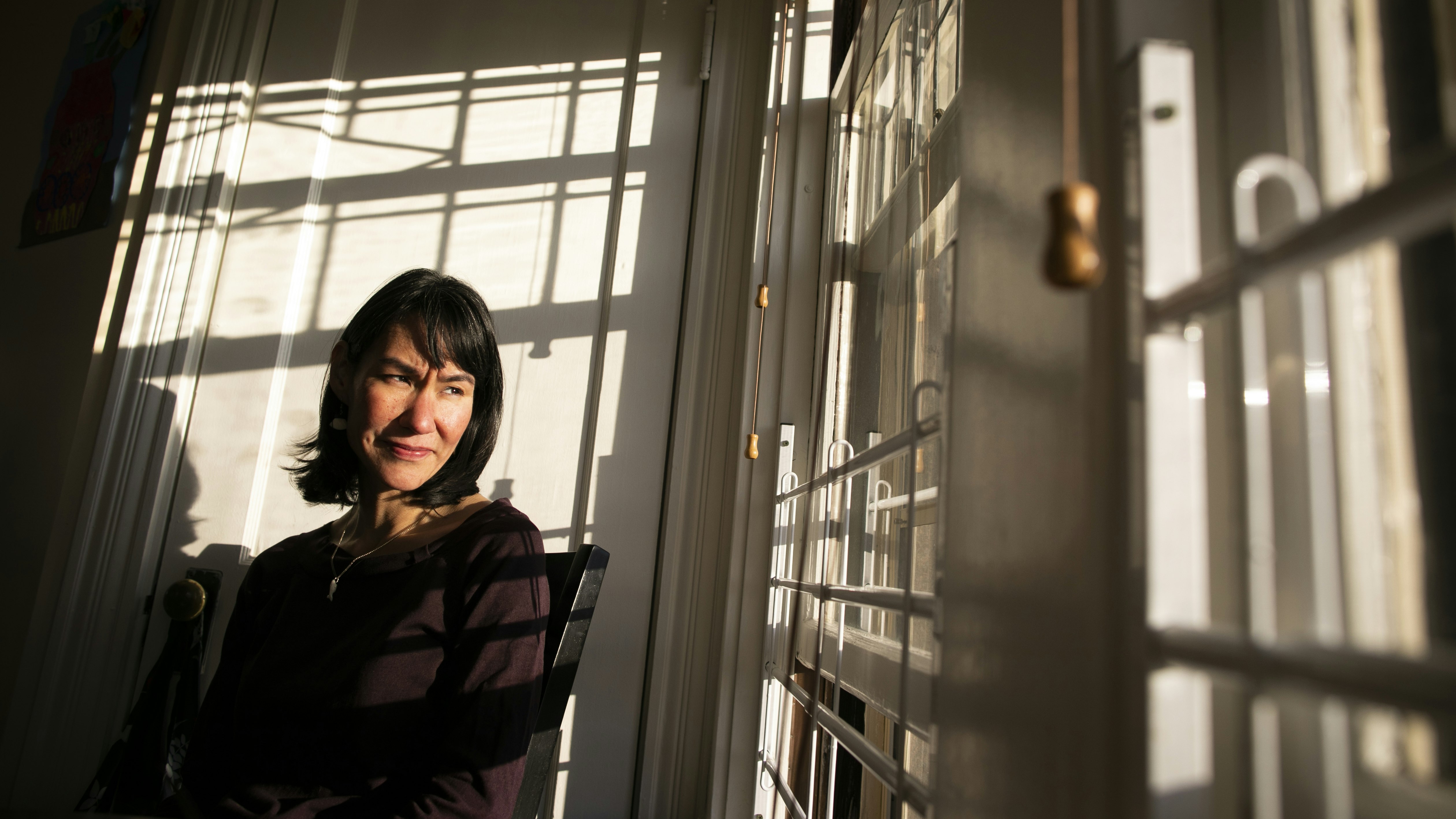
In Dark Traffic, Joan Naviyuk Kane returns to her ancestors’ King Island.
Upon opening Joan Naviyuk Kane’s latest work, Dark Traffic (University of Pittsburgh Press, 2021), readers are greeted by a captivating photo. John Kokuluk, Kane’s grandfather, sits perched on a rocky cliff on King Island, a one-mile-wide land mass located in the Bering Sea. Kokuluk is surrounded by dozens of eggs, which come from a native seabird known as the common murre.
“All King Islanders, but in particular young men, take real pleasure in gathering murre eggs from the cliffs,” Kane says. These eggs have long been a source of nourishment for the Inupiaq people, who until the 1970s had lived on King Island for thousands of years. In the 1950s, the Bureau for Indian Affairs closed the only school on King Island, forcing most residents to relocate to mainland Alaska. A flood would later decimate the island, rendering it uninhabitable. Despite no longer living on the island, its former residents maintain their identity as King Islanders.
“Seeing my grandfather very healthy and grounded in who he is—and on our homeland—is significant to me,” says Kane. Imagery of King Island and Alaska is woven into Dark Traffic, in which Kane tackles such subjects as motherhood, climate change, and Indigenous identity. She researched this work during her year as the 2019–2020 Hilles Bush Fellow at Harvard Radcliffe Institute. We sat down with Kane, now a visiting lecturer on English at Harvard, to hear her thoughts on creating art, the power of language, and her hopes for this work.
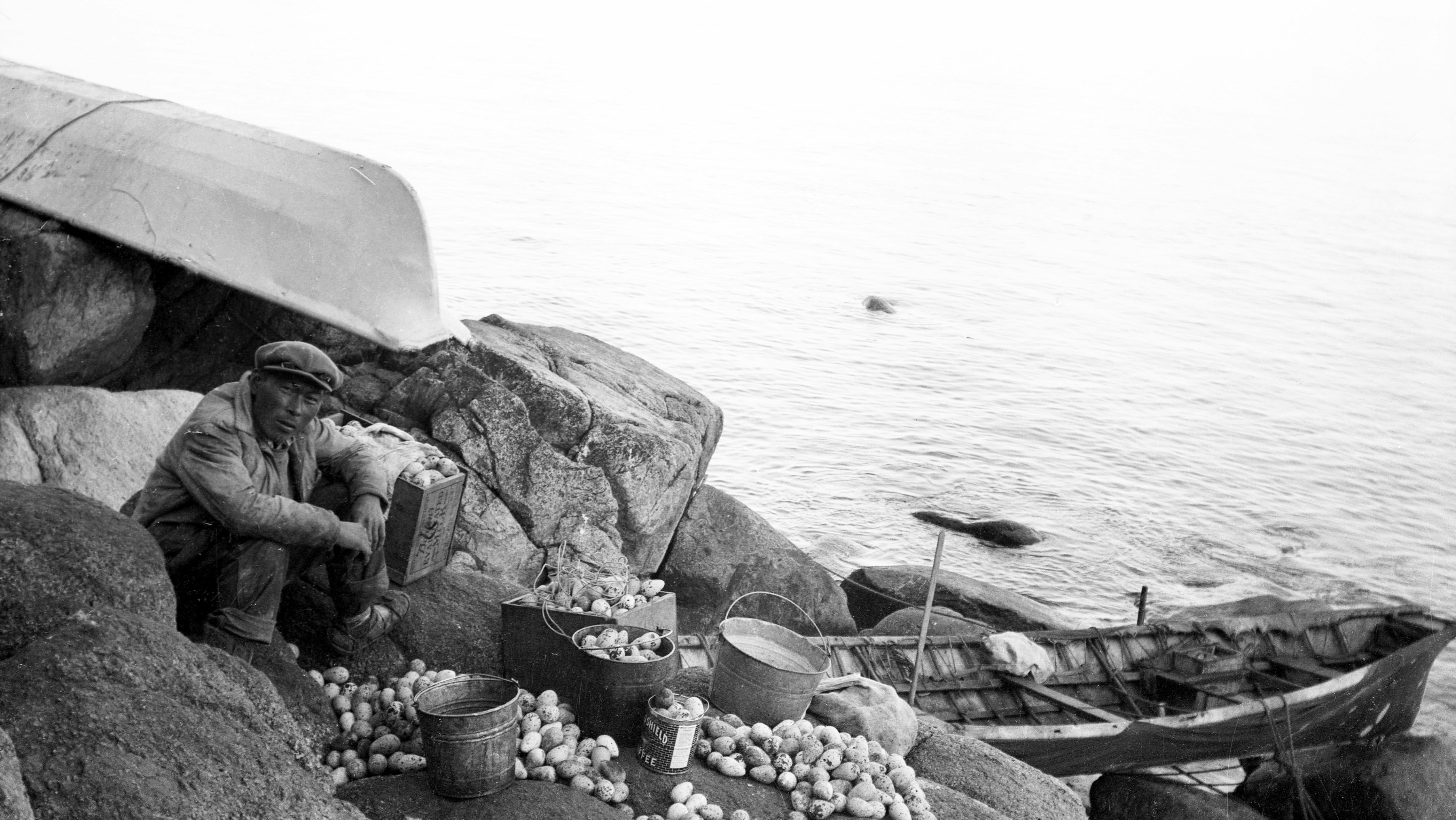
John Kokuluk, Joan Naviyuk Kane's grandfather, at Ugiuvak, King Island, gathering murre eggs. Photo By Barbara Kokuluk, Kane's grandmother
Radcliffe Magazine: You’ve said that King Islanders have a responsibility to make new art. Why is that?
Joan Naviyuk Kane: If we are only doing the work of survival and of preserving the past, there is a lot of trauma and grief that will never be resolved. There is a human impulse to celebrate one’s own voice, to find community with others, and to create new things.
King Islanders have survived in the Arctic for so long because we have always been very quick to adapt and adopt new tools and technologies that helped us survive. There’s pleasure in and so much to learn from creative investigation, risk, and failure.
RM: You write in English and Inupiaq, and it’s clear that language is important to this work. You’ve also called English “a machine of empire.” Can you explain what you mean?
JNK: For indigenous writers, scholars, and thinkers, our relationship to the English language is one of incredible violence—and recency. My grandfather did not speak, read, or write a word of English. For many, writing in English is a choice.
I spend a lot of time with words in both Inupiaq and English. English borrows and amalgamates words, drops things away, and forces a homogeneity—not just of diction but also of syntax and thought.
When we have this monolingual environment, we lose the linguistic complexity of languages that are not meant to be written. These are languages that are meant for people to embody and share through a physical experience. That’s something very different than English.
RM: So many of these poems evoke Alaska through scenery. Why do you include such strong imagery?
JNK: I wrote most of these poems from a great distance from Alaska, with notes, journals, and records from my travels there. Some of the poems restore these places to me. This is the world that sustained my ancestors for millennia. I want to keep that idea with me and living within me. In some way, I have sanctified these places, if only in language.
RM: You write about White Alice, which was a Cold War telecommunications system. The United States Air Force erected 80 radio stations throughout Alaska. Why did you want to write about this?
JNK: Growing up in Alaska, the White Alice Communications System was ubiquitous. They are amazing physical structures and very few towers remain today. Recently, the city of Nome fought to maintain their White Alice towers. They think the towers are a testament to America’s glory, strength, and indomitability.
As a poet who’s interested in image and symbol, this is rich ground. White Alice structures were line-of-sight communications towers. Any communication coming into Nome had to travel from one White Alice tower to another. They’re also very useful, as it turns out, to hunters, especially during stormy conditions. Hunters can distinguish Anvil Mountain, where the tower is located, from other peaks in the area. So I was thinking about how a landmark, especially a human-made landmark, can accrue different meanings and attach itself to different uses over time.
Lastly, I was thinking about the idea of traveling with one’s own agency through these lands. White Alice was a system that was meant to control and direct communications, for purposes that weren’t always in the best interests of the people who used the technology.
RM: What do you want readers take away from this work?
JNK: I hope people understand that contemporary crises are magnified in the Arctic and Subarctic, and not just climate change. I’m thinking particularly about the COVID-19 pandemic. Choices that people make very far away from the Arctic are felt there. I’m grateful for people that do concern themselves with the environment of the Arctic, but we also need to center Indigenous voices, experience, philosophy, practice, creation, and futures.
This interview has been edited for clarity and length.

Casey Campbell is a senior communications specialist at Harvard Radcliffe Institute.
